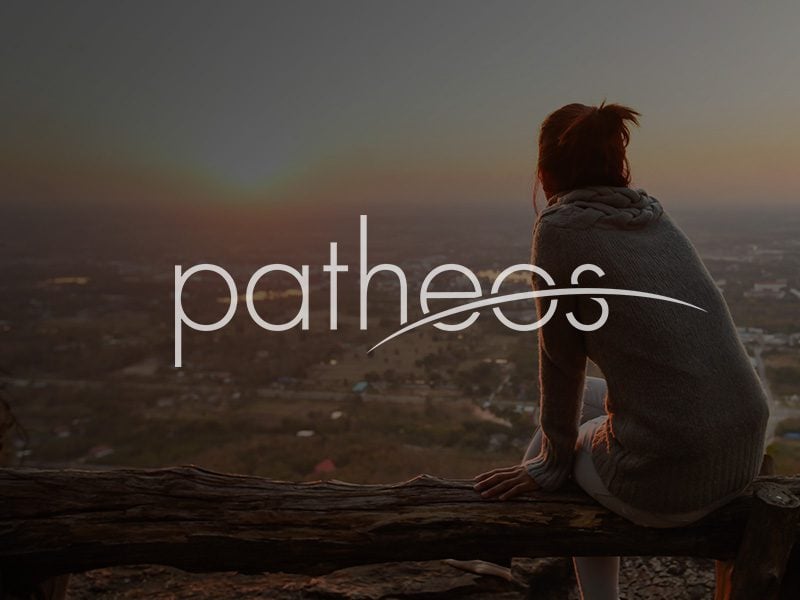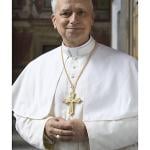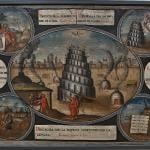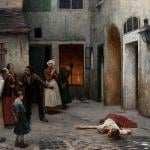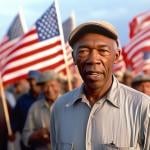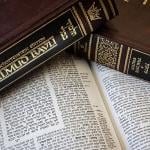You have to be careful what you read on Wikipedia. It’s a great resource in a lot of ways, if you know what you’re looking for. Not too long ago I found a Wikipedia entry on Edmund A. Walsh (seen here with Douglas MacArthur), who was the subject of my dissertation and my first book. Walsh did a lot of different things in his life. One of them was founding Georgetown’s School of Foreign Service, the first school of its... Read more








